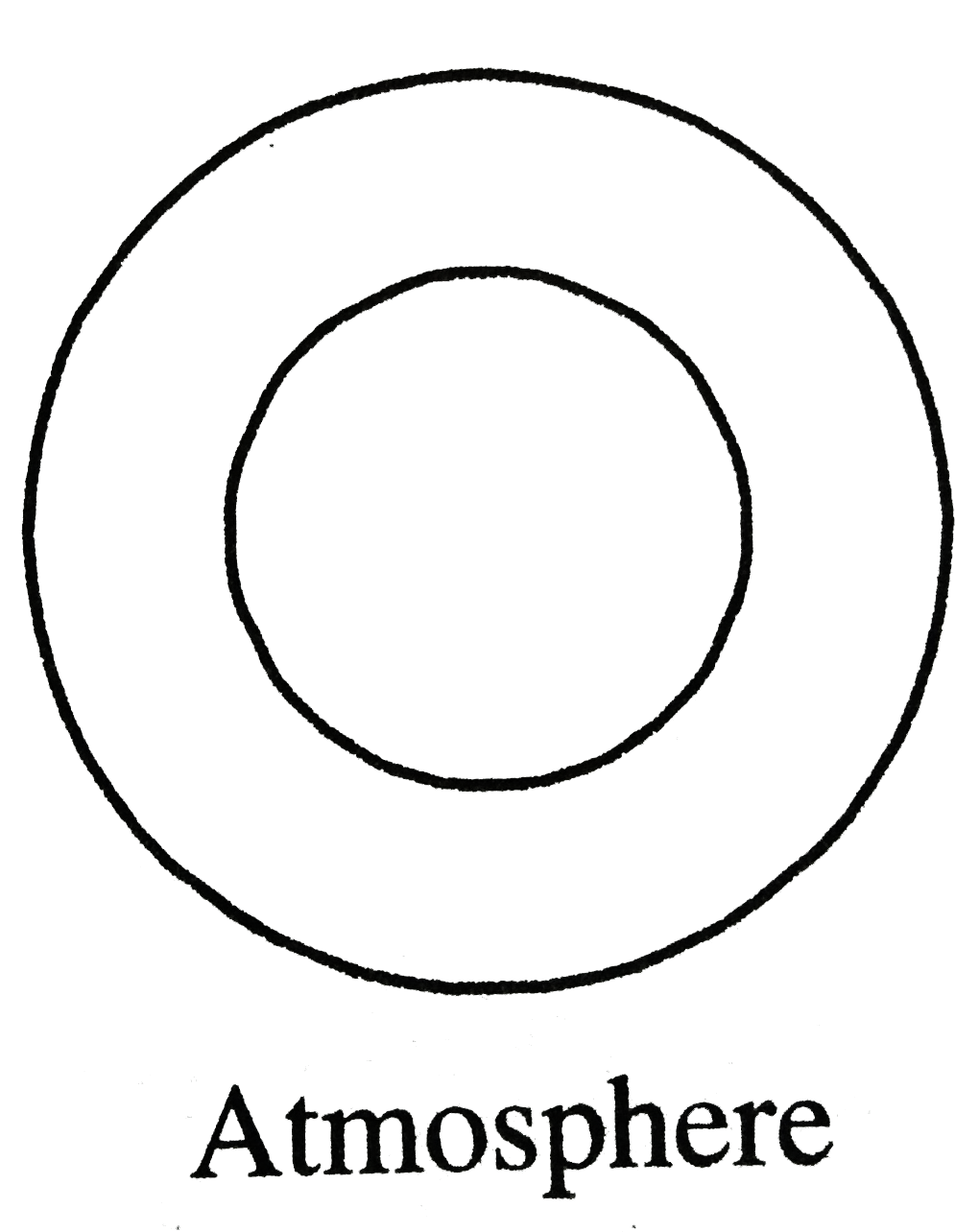A spherical soap bubble of radius 1 cm is formed inside another of radius 3 cm the radius of single soap bubble which maintains the same pressure difference as inside the smaller and outside the larger soap bubble is ____cm
0.75cm
0.75m
7.5cm
7.5m
The correct Answer is:A
To solve the problem, we need to find the radius of a single soap bubble that maintains the same pressure difference as the pressure difference between the inside of a smaller bubble (radius 1 cm) and the outside of a larger bubble (radius 3 cm).
1. Understand the Pressure Difference Formula:
The excess pressure inside a soap bubble is given by the formula:
ΔP=4TR
where T is the surface tension and R is the radius of the bubble.
2. Calculate the Excess Pressure for the Smaller Bubble:
For the smaller bubble (radius r=1 cm):
ΔPinside=4T1=4T
3. Calculate the Excess Pressure for the Larger Bubble:
For the larger bubble (radius R=3 cm):
ΔPoutside=4T3
4. Determine the Total Pressure Difference:
The total pressure difference between the inside of the smaller bubble and the outside of the larger bubble is:
ΔP=ΔPinside−ΔPoutside=4T−4T3
To simplify this, we can find a common denominator:
ΔP=4T−4T3=12T3−4T3=8T3
5. Set Up the Equation for the New Bubble:
Let rn be the radius of the new single soap bubble. The excess pressure for this new bubble is:
ΔPnew=4Trn
6. Equate the Pressure Differences:
Since we want the pressure difference to be the same, we set:
4Trn=8T3
7. Solve for rn:
Cancel 4T from both sides:
1rn=23
Taking the reciprocal gives:
rn=32=1.5 cm
Final Answer:
The radius of the single soap bubble which maintains the same pressure difference is 1.5 cm.
The excess pressure inside a soap bubble is given by the formula:
ΔP=4TR
where T is the surface tension and R is the radius of the bubble.
For the smaller bubble (radius r=1 cm):
ΔPinside=4T1=4T
For the larger bubble (radius R=3 cm):
ΔPoutside=4T3
The total pressure difference between the inside of the smaller bubble and the outside of the larger bubble is:
ΔP=ΔPinside−ΔPoutside=4T−4T3
To simplify this, we can find a common denominator:
ΔP=4T−4T3=12T3−4T3=8T3
Let rn be the radius of the new single soap bubble. The excess pressure for this new bubble is:
ΔPnew=4Trn
Since we want the pressure difference to be the same, we set:
4Trn=8T3
Cancel 4T from both sides:
1rn=23
Taking the reciprocal gives:
rn=32=1.5 cm
The radius of the single soap bubble which maintains the same pressure difference is 1.5 cm.
Topper's Solved these Questions
Similar Questions
A soap bubble of radius r is placed on another bubble of radius 2r. The radius of the surface common to both the bubbles is
View SolutionIf R is the radius of a soap bubble and S its surface tension, then the excess pressure inside is
View SolutionA small soap bubble of radius 4 cm is trapped inside another bubble of radius 6 cm without any contact. Let P2 be the pressure inside the inner bubble and P0, the pressure outside the outer bubble. Radius of another bubble with pressure difference P2−P0 between its inside and outside would be :
View SolutionThe excess pressure inside a soap bubble is
View SolutionExcess pressure in a soap bubble of radius r is proportional to:
View SolutionTwo spherical soap bubbles of radii a and b in vacuum coalesce under isothermal conditions. The resulting bubble has a radius given by
View SolutionA soap bubble of raidus R is surrounded by another soap bubble of radius 2R, as shown. Take surface tension =S. Then the pressure inside the smaller soap bubble, in excess of the atmosphere presure will be
 View Solution
View SolutionA soap bubble of diameter 8mm is formed in air. The surface tension of liquid is 3dyne/cm. Find the excess pressure (dyne/cm2) inside the soap bubble ?
View SolutionThe work done in increasing the radius of a soap bubble from R to 3 R is
View SolutionTwo soap bubbles coalesce.It noticed that, whilst joined together, the radii of the two bubbles are a and b where a>b.Then the radius of curvature of interface between the two bubbles will be
View Solution

